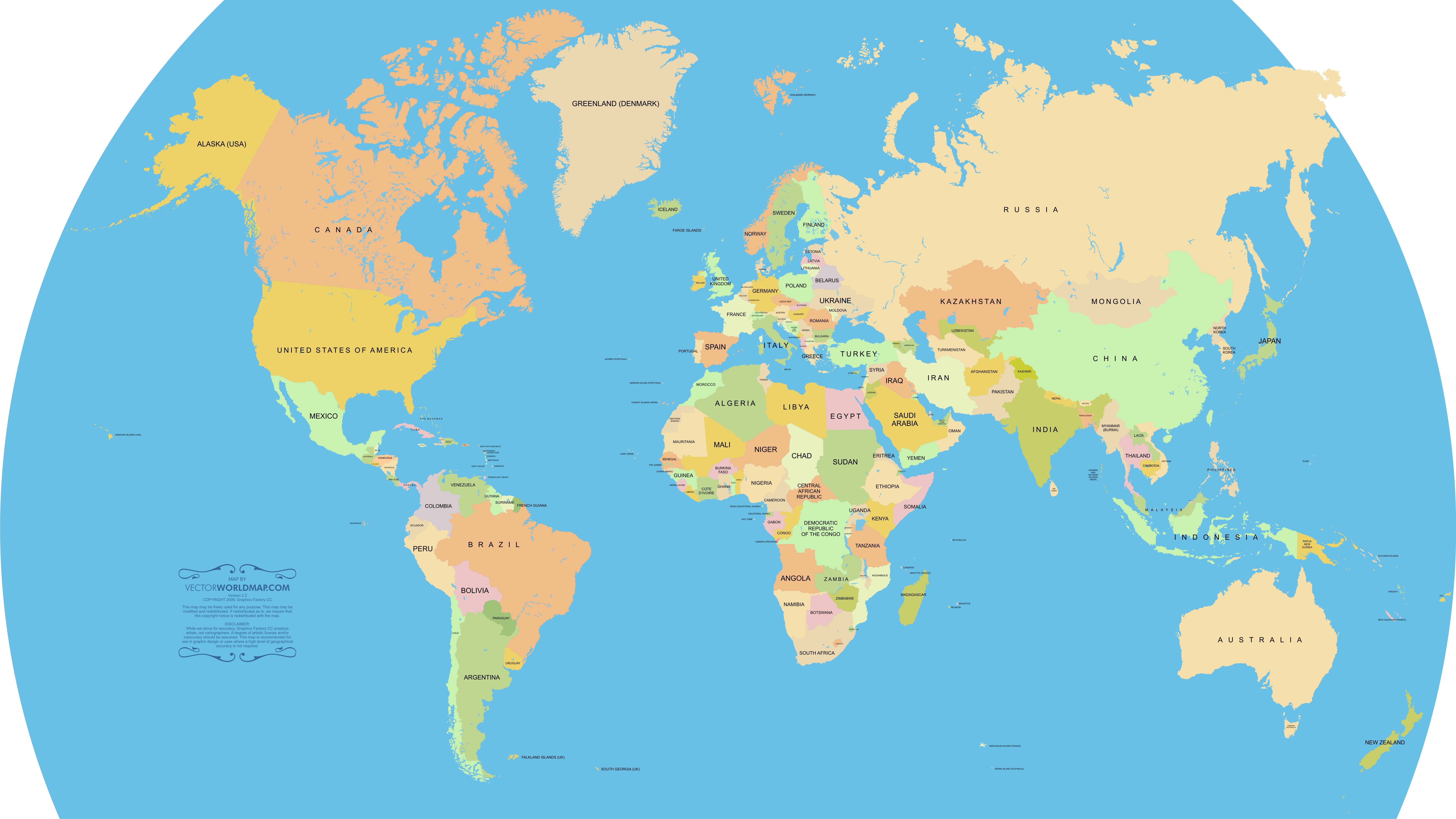QUIZLET!!
THE CHANNEL OF DISTRIBUTION: The Supply Chain
the route that products take from the original source to the end user
The Soft Goods Chain:
The channel of distribution for apparel and home decorating products.
TEXTILE SEGMENT:
fiber production>yarn production>fabric manufacturing>fabric finishing
APPAREL SEGMENT:
apparel designing>apparel manufacturing>apparel sales
RETAIL SEGMENT:
quantity buying>single item selling
The Four Groups Approach:
PRIMARY GROUP: (raw materials)
textiles, leather, furs
SECONDARY GROUP: (manufacturing)
garments, accessories, other products
RETAIL GROUP: (final distribution)
stores, catalog, internet, TV
AUXILIARY GROUP: (fashion related)
consultants, models, marketers, publications, trade associations
VERTICAL INTEGRATION:
performing multiple steps on the channel of distribution
Supply Chain Management (SCM)
The Textile Industry
• pre-industrial• industrial
• post industrial
In post industrial countries manufacturing shifts from local to global
Fast Fashion or Quick Response (QR) Models
The 4 r's - reliability, resilience, responsiveness and relationships - are essential for managing the supply chain.
An effective supply chain strategy should be market driven and customer focused with strong links between the buying and product development processes.
Key Points to review -
• cost
• speed to market
• reliability
• flexability
• responsiveness
(JIT) Just in Time - pioneered by the Japanese - it is the delivery of finished good in time to meet market needs with no excess
Global Sourcing
Drivers for Change
1. reduced labor costs2. advances in technology
3. elimination of quotas
Cheaper imports open new markets and create high demand and new opportunities.
CHINA: Originally famous for silk, cashmere, fine tailoring and hand embellished goods
The ending of MFA (quotas) has opened this market and provides access to enormous skilled labor force. Often called "The factory of the world."
INDIA: The second fastest growing economy. Large scale textile production, esp. cotton and silk. Large labor force that speaks English
SRI LANKA: Now a world class manufacturer of fashion clothing.
TURKEY: Manufactures many European brands. esp. swimwear and nightwear - a fast fashion hub
MEXICO AND CENTRAL AMERICA: Manufacturing for American Brands, lower duties and import rates
ITALY: World class Textile and Leather
UK: Small, specialized. Knitwear
USA: Automated and labor efficient - based in 3 states, Georgi, California and North Carolina
Ethics in the supply Chain
Demand for Ethical goods
Ethical fashion strives to make the world a better place; it is:
Social Responsibility
Ethical fashion means providing workers with fair hours, wages, and rights, as well as a healthy work environment. Further it refers to practices that take into consideration all associated with apparel supply chains including management, designers, production workers, sales and even we the consumers. This includes, but is not limited to:• Fair and living wages for workers
• Safe, clean working conditions
• Worker’s rights (For example, those outlined in the ILO conventions)
• Workers’ freedom of association and voice in the workplace
• Promote traditional skills
• Promote rural development
• Locally made
Environmental Responsibility
Ethical fashion ensures that the process of getting the product from raw materials to the consumer has as little negative impact on the environment as possible. This can be done in a number of ways, depending on the impacts identified and the design strategies applied:• Use of environmentally responsible materials (organic fibers avoid chemical use in growing fiber, polyester fibers can be made of recycled materials and require less energy in washing and drying, for example)
• Minimizing negative environmental impact by employing sustainable best practices (shipping, office waste, etc.)
• Reusing, reassembling, and maintaining clothes in use for longer (vintage/used clothing stores, repair services, taking apart old clothes and sewing new finished products with them)
• Designing for disassembly and repurposing clothes so they have a second life (disassembling clothes and using the material to create new finished products)
• Employing energy and water efficient processes for dyes and finishes and using non-toxic substances.
• Does not use pesticides or harmful chemicals
• Use innovative textiles that minimize harm on the environment and follow the precautionary principle with new technologies (produced from recycled or newly engineered materials)
• Minimize load on landfills by using Biodegradable products (e.g., ones that could easily be broken down by the environment at the end of their life cycle. Embodies cradle to cradle concept that materials should protect the ecosystem and be free of waste.)
• Minimal waste in the production process
Innovative new businesses that are not based on the make, use waste principle, but are based on principles of cycles
• Animal products are ethically sourced and vegetable tanned




No comments:
Post a Comment